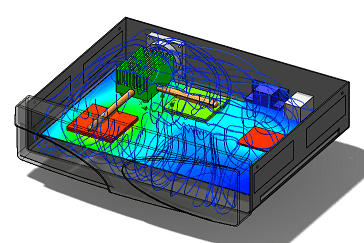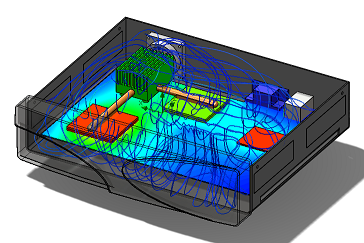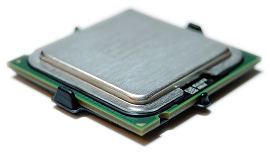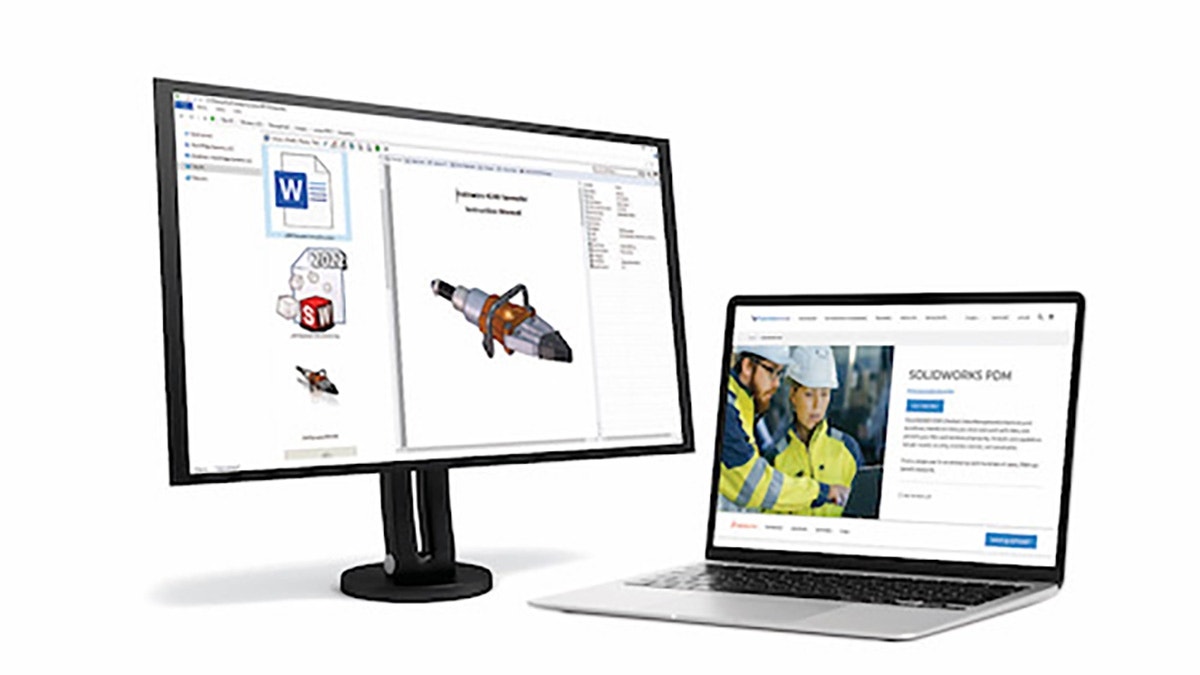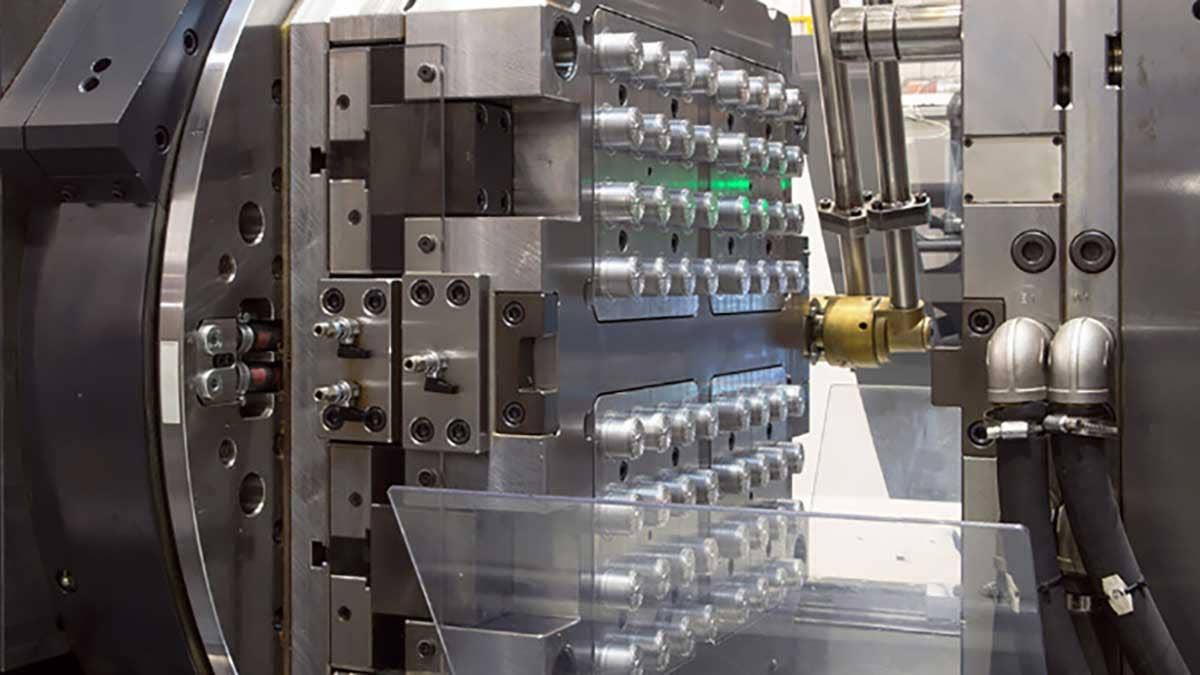Thermal analysis of electronics is one of the most common applications for
SOLIDWORKS Flow Simulation. Flow Simulation’s user friendly approach to CFD
makes it easy to gain design insight and improve cooling performance. If you
currently use or are considering Flow Simulation for electronics cooling
analysis, you may be wondering, “Do I need the Electronics Cooling Module?”
SOLIDWORKS Flow Simulation is a versatile tool and can provide valuable
information for a wide range of electronics cooling scenarios without the
Electronics Cooling Module. However, the add-in extends the software’s ability
to accurately model specific situations with several enhancements. Let’s take
a look at what these situations look like without and with the Electronics
Cooling Module.
Printed Circuit Boards
Printed circuit boards are notable from a thermal standpoint because they
exhibit anisotropic material behavior. The layered structure results different
thermal conductivities within the plane and through the thickness of the
board.
Chip Packages
Accurate thermal representation of chip packages is critical in an analysis,
as they are usually the main sources of heat. Creating true-to-life models of
components is very rarely feasible as packages are complex, involving many
different parts and materials, and internal details are not available from
chip manufacturers. Therefore, simplified models are used.
Heat Pipes
Heat pipes use the phase change properties of a working fluid to achieve very
high effective thermal conductivities.
Joule Heating
Heat is generated as electric current passes through a conductor. This is
commonly known as resistive heating or Joule heating.
Beyond these features, the add-in also includes an enriched engineering
database with a wide range of component, fan, and material information so that
you can spend less time sourcing information from manufacturers. It’s all
about convenience!
Hopefully this feature breakdown has helped you figure out whether or not the
Electronics Cooling Module will help you with your analyses. Check out
this video on our
YouTube channel to see the features in action.
And for more information:
-
Visit the
Flow Simulation product page
on our website -
Get a copy of our
Simulation Buyer’s Guide - Or simply leave a comment
